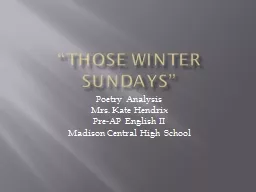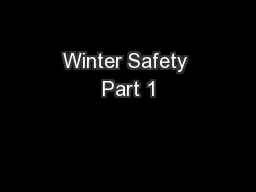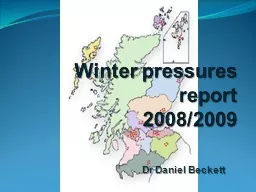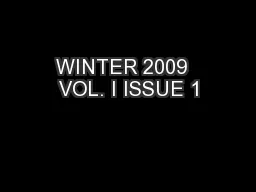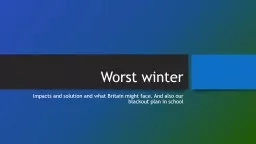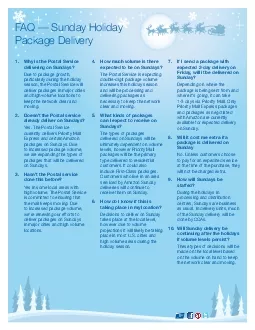PPT-“Those Winter Sundays”
Author : faustina-dinatale | Published Date : 2017-01-15
Poetry Analysis Mrs Kate Hendrix PreAP English II Madison Central High School The Title of the Poem Think about what the title Those Winter Sundays means to you
Presentation Embed Code
Download Presentation
Download Presentation The PPT/PDF document "“Those Winter Sundays”" is the property of its rightful owner. Permission is granted to download and print the materials on this website for personal, non-commercial use only, and to display it on your personal computer provided you do not modify the materials and that you retain all copyright notices contained in the materials. By downloading content from our website, you accept the terms of this agreement.
“Those Winter Sundays”: Transcript
Download Rules Of Document
"“Those Winter Sundays”"The content belongs to its owner. You may download and print it for personal use, without modification, and keep all copyright notices. By downloading, you agree to these terms.
Related Documents

